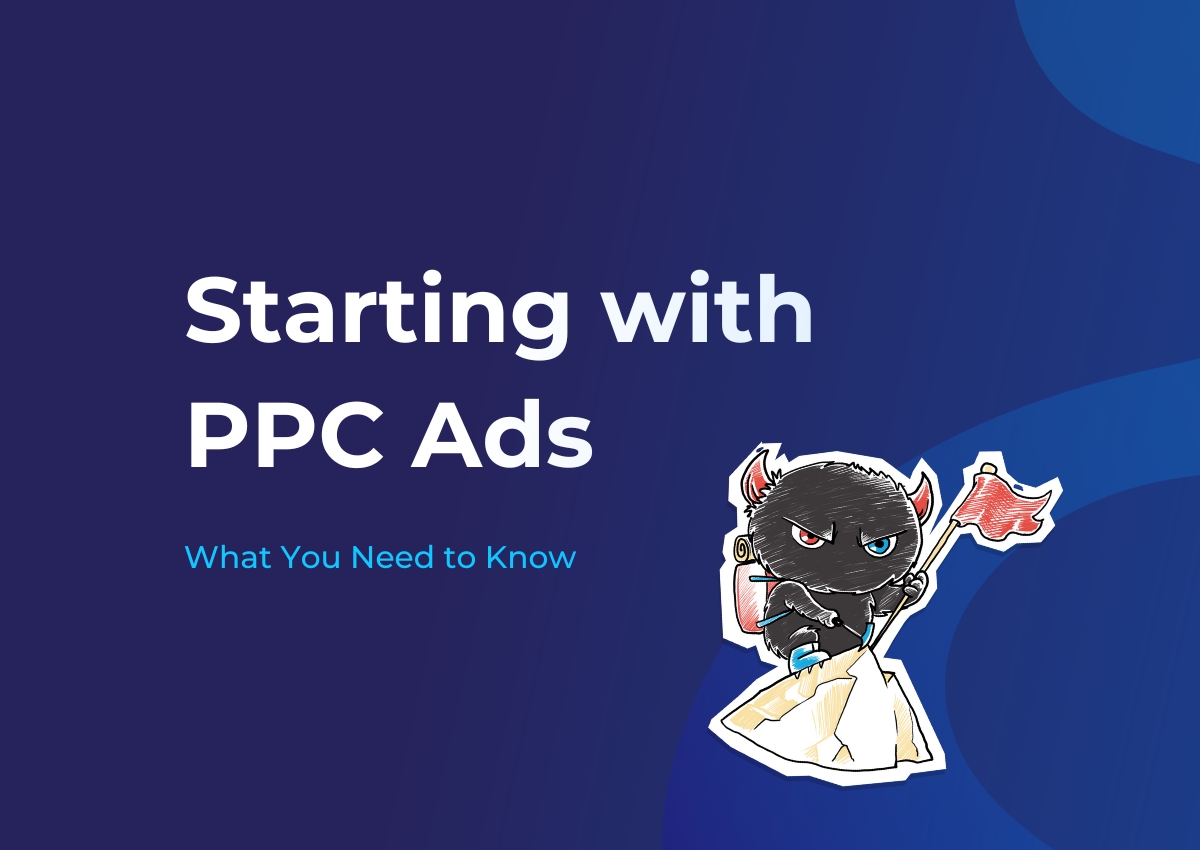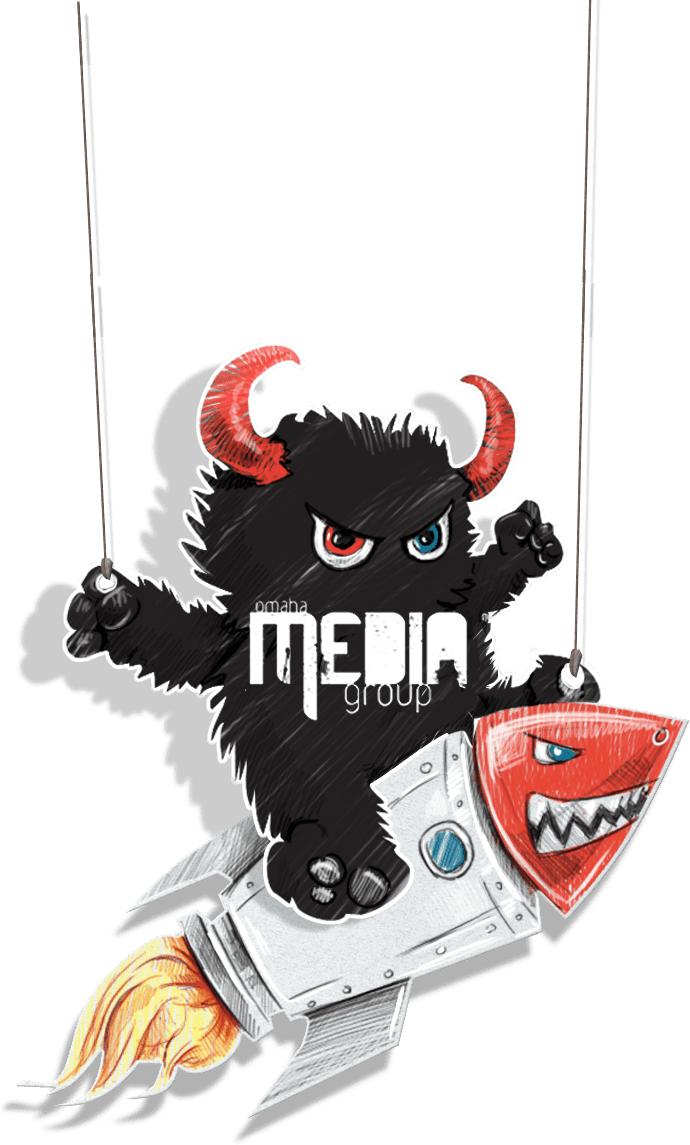PPC Ads Guide: Essential Tips for Beginners
 https://www.omahamediagroup.com/images/uploads/monster_gallery/Omaha-Media-Group-Black.jpg
https://www.omahamediagroup.com/images/uploads/monster_gallery/Omaha-Media-Group-Black.jpg

Pay-per-click (PPC) advertising is a powerful way to get your products and services in front of the right people. Instead of waiting for potential customers to find you, PPC allows you to reach them instantly with targeted ads. This approach not only boosts visibility but also drives more qualified traffic to your site.
Understanding the Basics of PPC Ads
How PPC Advertising Works
PPC, or Pay-Per-Click, advertising is a digital marketing method where advertisers pay a fee each time someone clicks their ad. It's like buying website visits instead of earning them organically. Search engines like Google and Bing offer PPC ads that appear when someone searches for keywords related to your business. You bid on these keywords, and if you win, your ad gets shown. It's a fast way to reach people looking for what you offer, and each click takes them directly to your website.
Key Terminology You Should Know
Getting familiar with PPC lingo helps you navigate the advertising process more effectively. Here are a few terms you should know:
- CPC (Cost Per Click): The fee paid for each click on your ad.
- Impressions: How often your ad is shown.
- CTR (Click Through Rate): Percentage of people who clicked your ad after seeing it.
- Quality Score: A score based on ad relevance, landing page quality, and CTR that affects your ad ranking.
Understanding these terms helps you in planning and optimizing your campaigns better.
Comparing PPC with Other Marketing Strategies
PPC advertising stands apart from other strategies by offering immediate results. Unlike SEO, which can take months to impact, PPC ads generate traffic as soon as they are launched. Email marketing reaches a targeted audience but lacks the instant visibility PPC offers. Compared to social media marketing, PPC provides a more controlled marketing environment where you target specific keywords without relying on platform algorithms. The combination of immediacy and precision targeting makes PPC a strong choice for businesses wanting quick and measurable outcomes.
Setting Up Your First PPC Campaign
Choosing the Right Platform for Your Ads
Selecting the appropriate platform for your PPC campaign determines how well your ads reach your target. Google Ads is popular for its wide reach across search and display networks. Bing Ads provides access to a different audience, often with less competition. Consider social media PPC through platforms like Facebook or Instagram if your audience spends much time there. Each platform has strengths, so choose based on your goals and where your potential customers are most active.
Selecting and Researching Target Keywords
Keywords are the backbone of PPC, determining when and where your ads appear. Use keyword research tools to find terms that match your products or services and have a good search volume. Focus on long-tail keywords that are specific and show user intent. These often have less competition, thus lowering costs. Monitor your competitors to find gaps in their keyword strategies that you can capitalize on.
Crafting Effective Ad Copy that Converts
Your ad copy needs to grab attention quickly and make a clear call to action. Start with an engaging headline reflecting the searcher’s intent. Use action-oriented language that tells the reader what to do next, like “Shop Now” or “Get Your Free Quote.” Keep your message simple and relevant to ensure the content aligns with the user's search. Include unique selling points to show why your offering is the best choice. By focusing on clear and compelling copy, you can increase the likelihood of conversions from clicks.
Managing Your PPC Budget
Strategies for Cost-Effective Bidding
To get the most out of your PPC budget, start by understanding the nuances of bidding strategies. Consider using automated bidding options that adjust your bids based on your goals, whether it's maximizing clicks or conversions. Manual bidding gives you greater control but requires more oversight. To begin, set lower bids and increase them gradually based on performance. Avoid costly mistakes by focusing your budget on high-performing keywords and pausing those that don't deliver results.
Setting Budget Limits and Monitoring Spend
It's essential to set clear budget limits to prevent overspending. Allocate a daily or monthly budget that aligns with your overall marketing plan. Monitor your campaigns closely using your advertising platform’s dashboard. Keep an eye on cost-per-conversion and ensure any increase in expenditure correlates with growth in valuable leads or sales. Regular checks help you stay within limits and adjust spending based on current campaign performance.
Adjusting Your Strategy Based on Results
Once your campaign runs, analyze the data to identify areas needing adjustments. If some keywords or ads aren't performing as expected, consider refining them or adjusting bids. Reallocate funds from underperforming areas to those that are thriving to enhance return on investment. Flexibility in your strategy allows you to capitalize on opportunities and mitigate issues, ensuring a dynamic and responsive PPC approach.
Measuring Success and Optimization
Key Metrics to Evaluate Campaign Performance
Evaluating a PPC campaign’s success hinges on a few crucial metrics. Track Click Through Rate (CTR) to see how often people engage with your ads. Conversion rate tells you how effectively clicks turn into desired actions on your site. Also, monitor Cost Per Acquisition (CPA) to ensure you're spending wisely for each new lead or sale. These metrics provide insight into the strengths and weaknesses of your campaign, guiding where to focus improvements.
A/B Testing for Continuous Improvement
A/B testing helps refine your PPC campaigns by comparing variations of ads to see what works best. Try different headlines, ad copy, or call-to-action phrases to determine which generates better engagement. Implement small changes one at a time for clearer results. Over time, these tests can significantly boost performance. Use them regularly to keep your ads fresh and as effective as possible.
Leveraging Analytics Tools for Better Insights
Take advantage of analytics tools to dive deep into campaign data. Platforms like Google Analytics offer detailed insights into user behavior after they click your ads. Assessing these patterns helps reveal what's most effective in driving conversions. Utilize tools for more than just real-time data; leverage historical trends to predict future performance and prepare your strategies accordingly. Analyzing this data comprehensively helps make informed decisions and optimizes your return on investment.
Conclusion
PPC advertising offers a dynamic way to increase visibility and drive traffic to your website quickly. From understanding the basics and setting up initial campaigns to managing the budget effectively, each phase is crucial. Regular monitoring and analysis enhance the effectiveness of your strategies, ensuring your advertising spend delivers the best possible results. Experimenting with different tactics and tools keeps your strategy adaptable and aligned with your business goals.
Thinking about taking your PPC campaign management in Omaha to new heights? Omaha Media Group LLC is here to help you navigate the world of PPC. Whether you're starting a new campaign or optimizing existing ones, our expertise can guide you to success. Connect with us to explore how we can support your marketing efforts and achieve your business objectives. Let's work together to create a strategy that drives real growth.
Posted In: SEO and Search Marketing


























